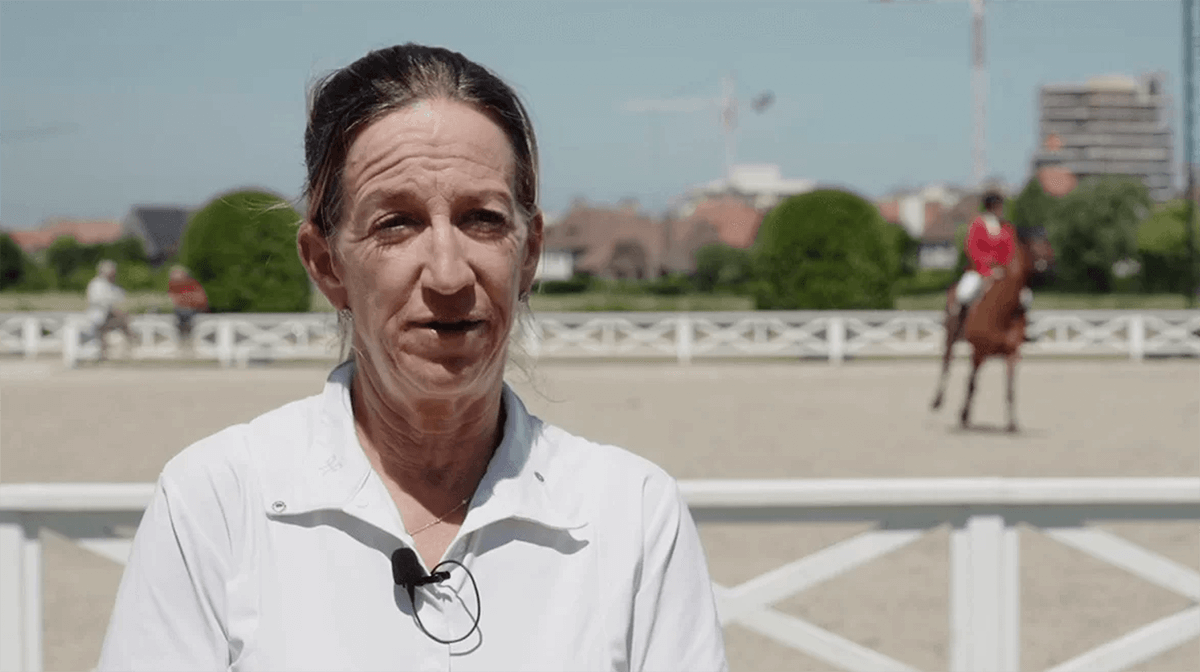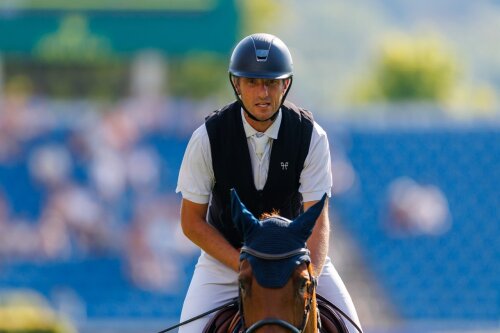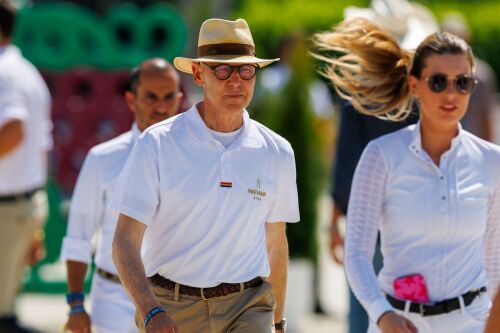Four-time U.S. Olympian Laura Kraut and Sandsablaze, Buddy Brown’s 1976 Montreal Olympic mount, have been elected to the Show Jumping Hall of Fame. They will be formally inducted during the Hall of Fame’s Induction Gala on Sunday evening, March 2, at a new location: Wellington National Golf Club. At the Induction, the Hall of Fame will also present its International Award to four-time Canadian Olympian Mario Deslauriers, the youngest rider ever to win the FEI World Cup Final, a title he won at age 18 in 1984.
Joining them at the Gala will be Katie Prudent’s longtime barn manager, Francisco “Pancho” Lopez, who was inducted last year but was unable to attend. He will receive his “Hall of Fame blazer” and give his acceptance speech. Additionally, Hockey Hall of Famer Gerry Cheevers will be in attendance to speak on what it means to be a Hall of Famer.
Induction into the Show Jumping Hall of Fame is an honor bestowed annually upon select individuals whose accomplishments and contributions to the sport have set them apart and whose influence has had a significant impact on the sport of show jumping and the equestrian community. It is because of their talents, efforts, accomplishments, and what they have brought to the sport, that the Election Committee, comprising some of the nation’s top riders, trainers and officials, elected Kraut and Sandsablaze as the class of 2024.
Sandsablaze
Sandsablaze had a storybook career that was never meant to be and may be unequaled in show jumping history. The chestnut Thoroughbred foaled in 1967 was meant to be a hunter and not a jumper. When he became a jumper, most thought of him as a back-up and not a first stringer; but with rider Buddy Brown he defied the odds and became one of the most dominant horses of the 1970s, going from the hunter and equitation ring to become a Grand Prix champion and a standout on U.S. teams in Nations Cups, two Pan American Games and the 1976 Montreal Olympics.
Known as Pappy, Sandsablaze was purchased as a 4-year-old after Joe Darby had shown him in the 1st Year Green Hunter Division. He was intended to be a junior hunter and equitation horse for Brown, but Brown, contrary to what everyone else thought, believed the fearless Pappy could handle jumper courses. He started him in some 3’6” schooling and junior jumper classes and frequently found himself falling in both the schooling and show rings. It never fazed Pappy who always got back up ready to try again, and he was soon doing bigger classes against top open jumpers.
Pappy carried Brown to the win in the AHSA Medal Finals in 1973. Just one year later, Pappy was selected with Brown, still a junior, for a USET European tour, mostly to help them both gain experience. Brown never regretted passing up that year’s Maclay Finals as he and Pappy capped off the tour with a record-setting performance at the Dublin Horse Show, turning in three clean rounds to win the Grand Prix of Ireland, a win that surprised everyone including Bert de Nemethy who questioned even entering Pappy. Brown was the youngest rider ever to win that hallowed Grand Prix, a record he still holds. Pappy and Brown ended that year as part of winning Nations Cup teams at Washington and New York.
In 1975, Brown and Pappy won the Cleveland Grand Prix and then, as the team’s anchor, cliched the team Gold medal for the U.S. at the Pan American Games in Mexico City. They ended the year with two more Nations Cup wins at New York and Toronto where they also won the Puissance, clearing the wall at 7’1” to claim the win.
In 1976, Brown, still only 20 years old, and Pappy rode on the U.S.’s fourth-place team at the Montreal Olympic Games. Pappy bowed a tendon at the Games and sat out most of the following year, showing in just one class prior to indoors. He and Brown won six classes during indoors including the Presidents Cup at Washington. They anchored the Nations Cup teams at Washington, New York and Toronto, where all three Nations Cups wound up with jump-offs. Pappy went clean in all three jump-offs, leading the U.S. to wins at Washington and New York.
In 1979, shortly after helping the U.S. to another Pan American Games Gold medal at San Juan, Puerto Rico, Pappy had his amazing career end prematurely. After jumping the final fence in the jump-off in the Sussex County Horse Show Grand Prix, the little horse with the incredible heart, a horse whom most felt should never have been able to do what he did, broke his leg but added to his legend once again by finishing as winner of his final class.



